Returning to Exercise After Childbirth: What You Need to Know
As a mum of three myself, I understand the pull to get back into moving your body after having a baby. Whether it’s to feel stronger, clear your mind, or simply reconnect with yourself, exercise is such a positive part of life after birth.
But one of the most important things I’ve learnt, both personally and professionally, is that this journey isn’t about rushing. It’s about rebuilding well — so you can return safely, confidently, and stay active long term without setbacks.
Why Early but Safe Rehab Matters
The key to a strong recovery is starting early, but starting safely. We’re not talking about running marathons or HIIT in the early weeks — we’re talking about laying solid foundations that support your long-term health.
Here’s what this looks like:
The First 3 Weeks: Rest, Restore, Reconnect
These early weeks are all about gentle recovery.
We focus on:
Rest where possible
Gentle stretching and mobility
Short, comfortable walks
Gentle core and pelvic floor connection exercises
3 Weeks Postnatal: Your First Physio Review
Current guidelines now recommend seeing your women’s health physio at 3 weeks postpartum. This allows us to:
Check how your pelvic floor and core are recovering
Discuss your individual goals
Assess your abdominal wall and whole-body stability
Start tailored, gentle strength work
This early support sets you up for the safest and fastest return to meaningful movement.
6 Weeks Onward: Building Strength and Confidence
From here, we continue to rebuild your foundations. Think posture, breathing, core strength, and gentle functional strength exercises. These are the stepping stones to a stronger, more capable body that can handle the demands of motherhood — and beyond.
What About Running, HIIT, and High-Impact Exercise?
It’s really common for mums to ask, “When can I run again? When can I get back to HIIT?”
Current guidelines recommend waiting until closer to 12 weeks postnatal before returning to high-impact exercise like running, jumping, HIIT, or heavy lifting.
Why? Because your pelvic floor, abdominal wall, and joints need time to heal and strengthen. Pushing too soon increases your risk of:
Incontinence (leaking with movement)
Prolapse symptoms
Persistent pain or instability
Setbacks that force you back into rest-mode
By 12 weeks postnatal, with the right rehabilitation, your body is generally far more prepared to handle impact safely. This is where your physio-led rehab really pays off — helping you transition into these activities with confidence, knowing you’ve done the work to protect and support your body.
If running, HIIT, strength training, or sport is part of your goal, I’ll help guide you there step-by-step so you’re not just “cleared” — you’re truly ready.
Every Mum’s Journey Is Different
Your recovery timeline will depend on your birth, your body, and your goals. This isn’t about comparing yourself to anyone else — it’s about rebuilding in a way that’s right for you.
How I Can Help You Feel Strong Again
As a mum and a physiotherapist, I understand how important this is. Together, we’ll:
Rebuild your pelvic floor and core safely
Support your whole body strength
Manage symptoms before they become setbacks
Guide you back to what you love, at the right time for you
Because you deserve to feel strong, confident, and empowered — not just now, but for the long run.
By Alison Jeffrey
Physiotherapist
To see our Physiotherapists or book in for a Pilates consult, book an appointment with us online today or call our team on 07 55 04 7000.





